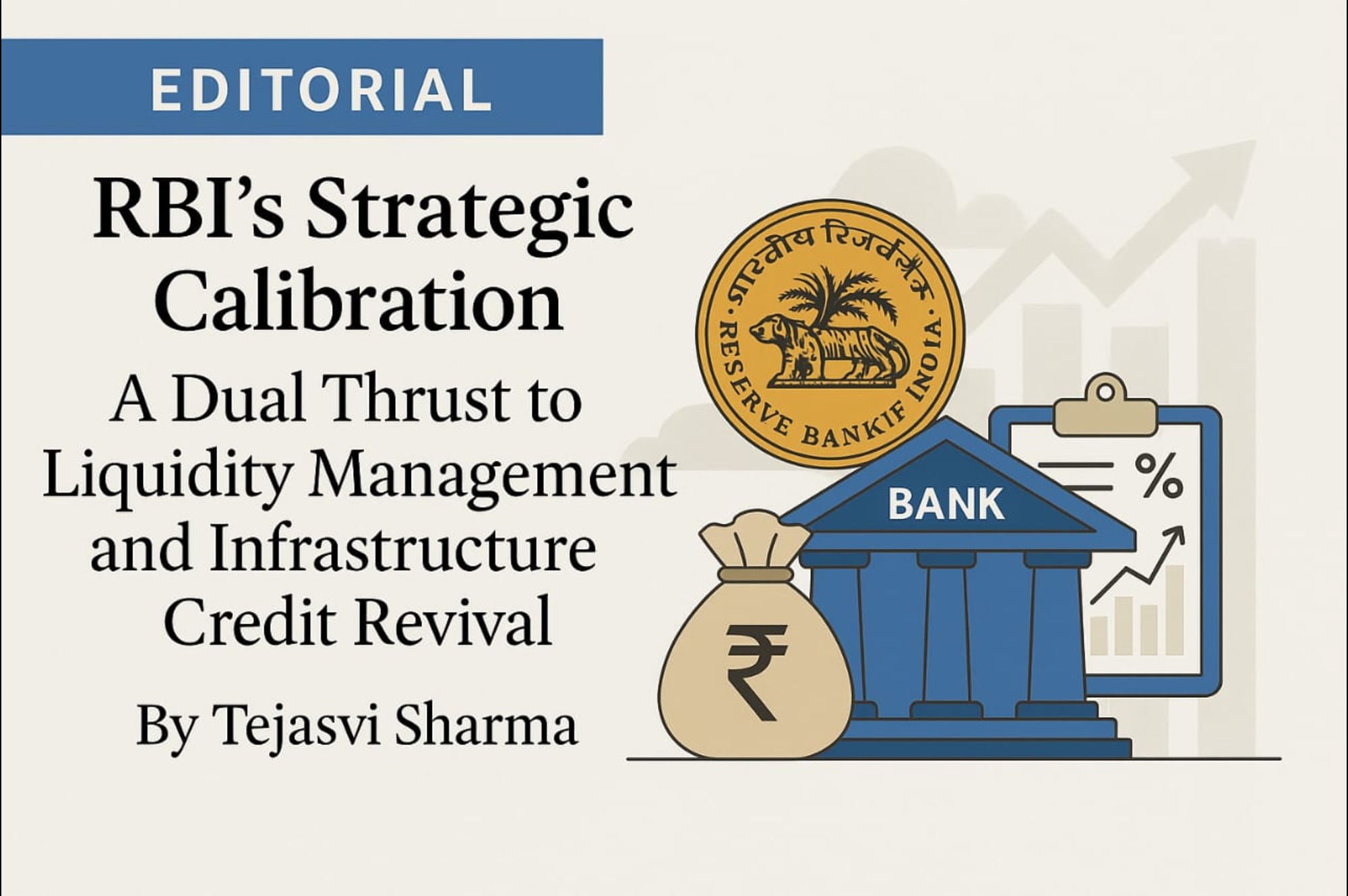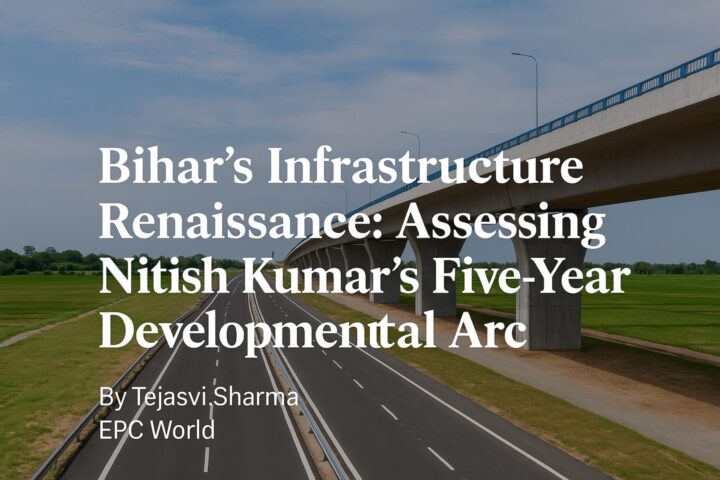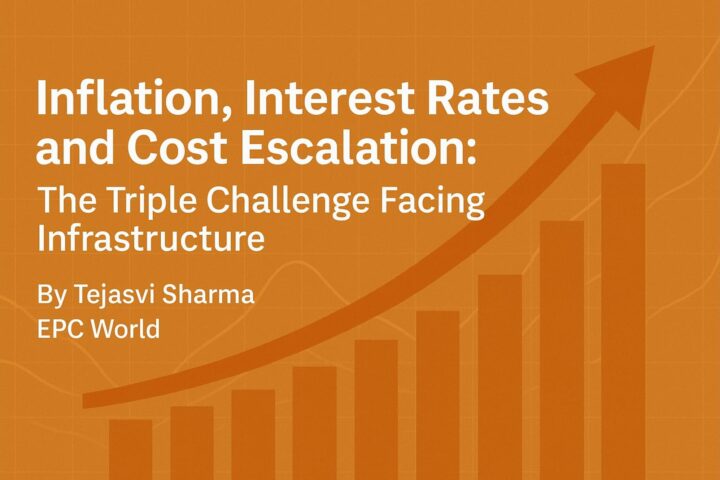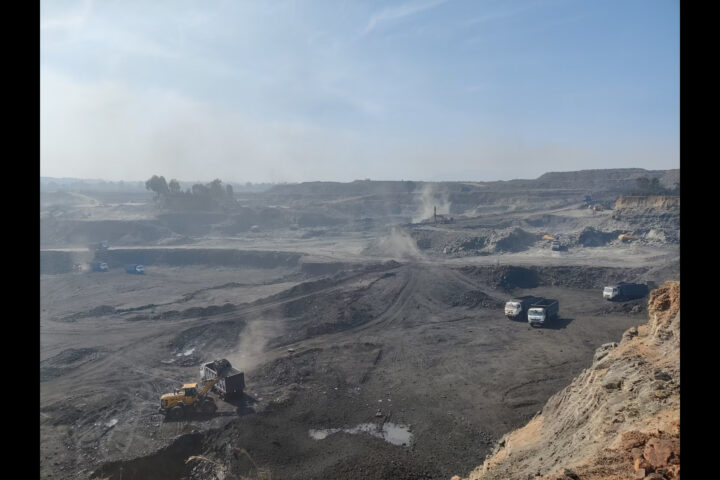by Tejasvi Sharma, Chief Editor, EPC World
The Reserve Bank of India (RBI), in a decisive demonstration of its monetary stewardship, has today embarked upon a ₹1 trillion seven-day reverse repo auction. This substantial intervention seeks to absorb an unprecedented ₹3.75 trillion of surplus liquidity that has, in recent weeks, accumulated across the banking system. The magnitude of this operation is singular in the annals of the central bank’s liquidity management efforts and underscores both the complexity and dynamism of India’s evolving financial ecosystem.
By conducting such an expansive absorption of funds, the RBI is endeavouring to recalibrate short-term interest rates, propelling the overnight call money rates upwards towards the benchmark repo rate of 5.5 per cent. This stratagem is intended not merely as a routine liquidity modulation but as a prudential measure to mitigate the inflationary impulses that may germinate from excessive systemic liquidity. Given the broader macroeconomic context – characterised by persistent fiscal expenditure, seasonal fluctuations in cash demand, and robust capital inflows —this operation signals the central bank’s unwavering commitment to preserving monetary stability without compromising the underlying growth impulses.
Simultaneously, in an equally consequential policy shift, the RBI has promulgated a new regulatory framework governing infrastructure lending. With effect from 1 October 2025, provisioning requirements for loans extended to under-construction infrastructure projects will be reduced from the existing 5 per cent to a more accommodative 1 per cent. This recalibration has been accorded approbation by Moody’s Investors Service, which has lauded it as a timely intervention designed to reinvigorate credit flows to an infrastructure sector that has witnessed an unsettling contraction of 0.8 per cent over the preceding twelve months.
This diminution in provisioning requirements is not merely an exercise in regulatory leniency. Rather, it represents a sophisticated recognition that infrastructure development, with its inherently protracted gestation periods and capital-intensive nature, warrants differentiated treatment within the prudential regulatory architecture. By alleviating the provisioning burden on banks, the RBI has created fiscal headroom for financial institutions to re-engage with stalled or languishing projects, thereby catalysing a fresh wave of investment across roads, renewable energy installations, urban transport corridors, and critical logistics infrastructure.
It must be acknowledged, however, that this approach is not without its attendant risks. The moral hazard implicit in the relaxation of provisioning norms could potentially incentivise imprudent credit expansion, particularly in projects whose viability remains uncertain. Therefore, the efficacy of this measure will hinge upon the concurrent strengthening of project appraisal standards, the implementation of rigorous risk assessment frameworks, and the maintenance of transparent monitoring protocols. Banks and non-bank financial companies alike must remain vigilant against the temptation to conflate regulatory forbearance with carte blanche lending.
In the short term, the infrastructure industry is likely to experience a notable shift in sentiment and operational dynamics. For one, liquidity absorption through the reverse repo auction may momentarily tighten working capital for contractors and developers who rely on rolling credit lines for procurement and mobilisation of materials. Smaller firms, particularly those operating with thin cash buffers, could witness some pressure on payment cycles and vendor settlements. Simultaneously, however, the impending reduction in provisioning will quickly improve the credit appetite of lenders. It is expected that banks will expedite the sanctioning of term loans to under-construction projects whose financial closure has been languishing amid regulatory uncertainties and risk aversion.
Project developers may thus find themselves navigating a paradox in the coming months: constrained short-term liquidity juxtaposed with a more hospitable medium-term financing environment. This dichotomy will necessitate astute treasury management and disciplined capital deployment. Additionally, one must expect that equity markets will respond with renewed interest in listed infrastructure companies, buoyed by the prospect of enhanced credit flows and expedited project execution timelines.
Moreover, equipment suppliers, engineering service providers, and ancillary industries can anticipate a gradual uptick in orders and contract awards as the fresh credit lines begin to materialise. Nonetheless, it would be prudent to temper immediate expectations. The gestation period between a policy announcement and its translation into disbursed funding is invariably prolonged by due diligence processes, statutory clearances, and the internal risk committees of lenders.
In the final analysis, today’s twin announcements signify the RBI’s conviction that India’s aspirations for infrastructural modernity must be reconciled with the imperatives of monetary prudence. If executed with foresight and discipline, this dual-pronged policy could well serve as the fulcrum upon which the next phase of India’s economic ascent is poised to turn. The measure of its success will not be merely in the quantum of credit disbursed but in the resilience, transparency, and transformative impact of the infrastructure that emerges therefrom.




















